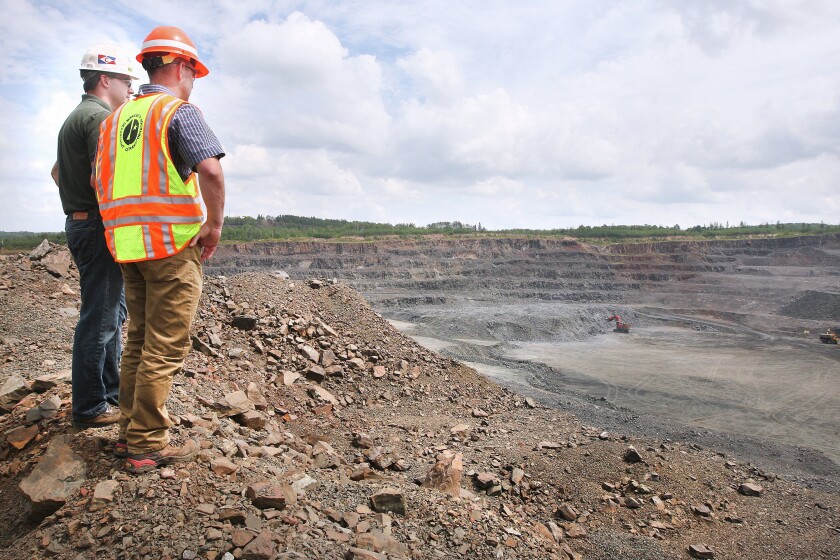In her Jan. 25 column in the News Tribune, Lynn Anderson of the Tamarack Water Alliance attempted to convince Minnesotans that the high-grade nickel deposit discovered in the deep bedrock of Aitkin County by Talon Metals is actually not needed in the energy transition. She even asserted that Tesla made a mistake by partnering with Talon Metals to source nickel because the company is moving to batteries that don’t use nickel and that any day now President Joe Biden will reverse course and remove nickel from the U.S. critical-minerals list.
None of this is true.
The most obvious error in the column was that Tesla is pivoting to batteries made with lithium iron and phosphate (LFP) and abandoning batteries that rely on nickel to store electricity. The claim’s timing was even worse than its mistruth. Just a day before the column’s publication, Tesla announced a major new expansion of its gigafactory in Nevada, reinforcing its investment in that state. The announcement indicated that Tesla would invest “$3.6 billion more to continue growing Gigafactory Nevada, adding 3,000 new team members and two new factories (including) a 100 GWh 4680 cell factory .” What is in a Tesla 4680 battery? A long-range battery that utilizes both nickel and cobalt.
How Anderson seems to feel she understands Tesla’s supply-chain requirements better than Elon Musk or Tesla executives is astounding, but I appreciate her leap of faith.
To the column’s points, Tesla is expanding its use of LFP, but at present the only place to source a LFP battery is China. LFP is a good fit for cars in cities that don’t need a lot of range.
ADVERTISEMENT
What the column didn’t seem to want to acknowledge was that Talon and Tesla will produce battery-grade iron that will hopefully feed new LFP battery-manufacturing capability in the U.S. The Department of Energy just funded an LFP battery cathode manufacturing facility in St. Louis — in the same round of funding in which the department gave Talon $114 million for its battery mineral processing facility. LFP is not a replacement for nickel-based batteries; it augments that technology and is only appropriate for certain users.
Institutions that follow mineral demand for the energy transition project significant increases in demand for nickel out to 2040 and 2050. Benchmark Minerals, the International Energy Agency, the U.S. Department of Energy, and Bloomberg NEF all indicate that nickel demand will increase exponentially as the world works to transition from fossil fuels to renewable-energy sources.
What’s even more of a head scratcher was the column’s claim that the world doesn’t really need nickel while also stating that we should keep any high-grade nickel in Aitkin County in the ground to be saved for future generations. Which is it? A worthless deposit or a treasure to be saved for our kids?
In Minnesota, we have high standards to protect the environment, Native American cultural resources, worker-safety requirements, rights for workers to organize in collective bargaining, and efforts to reduce the carbon dioxide emitted in the production of minerals and metals. China, Russia, and Indonesia, the largest providers of battery-grade nickel, do not.
At the end of the day, Anderson didn’t seem to care that renewable-energy technologies, including electric-vehicle batteries, require the very minerals Talon wants to responsibly mine — or that Talon is willing to invest billions and hire locally in a region that hasn’t experienced economic growth in decades.
Nobody wants to produce the necessary material for the energy transition at the expense of the natural environment that we all love and enjoy. Minnesota has some of the highest environmental standards, and our environmental-review process is science-based, including the consideration of public comments and concerns.
As the Tamarack Nickel Project starts the environmental-review process this year, people of goodwill and genuine interest in both the opportunities and risks presented by the project should ignore baseless claims and stick to facts. The idea that we can combat climate change without drastically increasing the responsible mining of vital minerals like nickel is ridiculous and unrealistic.
Ryan Sistad of Duluth is executive director of Better In Our Back Yard (betterinourbackyard.com), which promotes responsible industrial development.
ADVERTISEMENT









